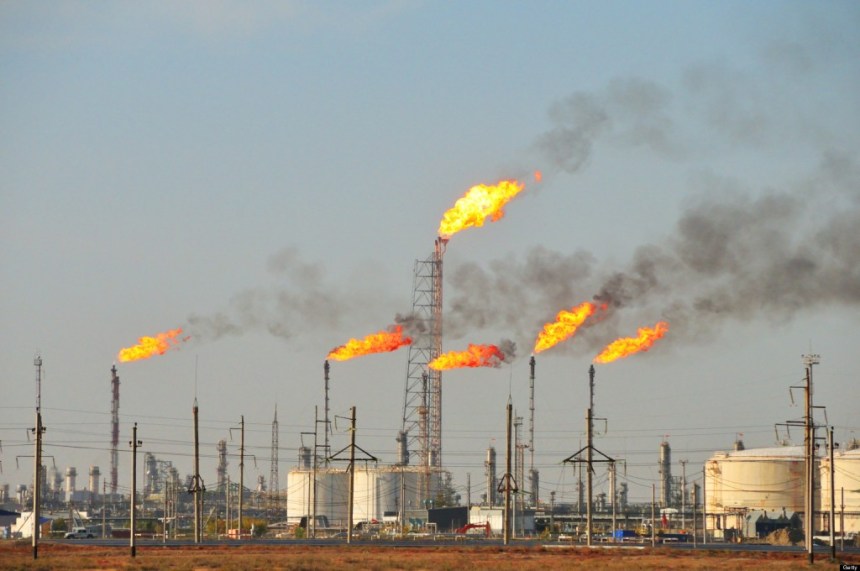U.S. consumer prices leaped 0.5 percent in January more than projected as apparel costs jumped the most in nearly three decades, adding to signs of an inflation pickup that have roiled financial markets this month, according to report by Bloomberg.
The 0.5 percent surge is above the median estimate of economists for a 0.3 percent increase, according to Labor Department report Wednesday.
The January CPI data thus mark the biggest increase in five months as cost of rent, clothes, gasoline, health care and auto insurance all rose.
Excluding volatile food and energy costs, the so-called core gauge increased 0.3 percent, also above forecasts for 0.2 percent. It was up 1.8 percent from a year earlier, higher than the 1.7 percent estimate.
The figures, according to analysts may renew investor concerns that the Federal Reserve will raise interest rates at a faster pace than anticipated, after wage figures earlier this month sent Treasury yields spiking and started a rout in equities that pushed them into the first correction in two years.
The 1.7 percent monthly gain in apparel prices, which account for about 3 percent of the CPI, was the biggest since 1990.
Other items contributing to the gain in CPI included rents and owners’ equivalent rent, which both rose 0.3 percent from December; medical care, up 0.4 percent; and motor vehicle insurance, which advanced 1.3 percent, the most since 2001.
The increase in the core CPI brought the three-month annualized gain to 2.9 percent, the fastest since 2011, according to data compiled by Bloomberg.
See also: Dollar weakens further in Asia ahead of US inflation data
A separate report showed U.S. retail sales unexpectedly fell in January and December figures were revised downward, suggesting consumer spending is on a slower track in the first quarter.
Including all items, the main CPI gauge rose 2.1 percent from a year earlier, the same pace as in December and exceeding forecasts for a 1.9 percent increase.
The report follows the Labor Department’s annual revisions to CPI last week that took the December monthly increase in the core index down to 0.2 percent, from an initially reported 0.3 percent. The December gain in the main index was revised upward to 0.2 percent from 0.1 percent.
Policy makers look at the core index to better gauge underlying inflation because food and energy prices tend to be volatile. The latest report showed energy prices rose 3 percent from the previous month and food costs advanced 0.2 percent.
The two main U.S. stock indexes endured wild swings last week on concerns that inflation would spur higher interest rates more quickly, boosting borrowing costs for companies. Even so, equities have recovered some ground, advancing for three trading sessions in a row through Tuesday.
While economists and investors have seen a Fed interest-rate hike in March as a near-certainty, the details of the latest CPI report could play a role in the timing and number of rate increases throughout 2018.
The central bank’s preferred gauge of inflation — a separate figure based on consumer purchases and issued by the Commerce Department — has mostly missed its 2 percent goal in the past five years. The measure excluding food and energy is also below the Fed’s target. January data are due for release on March 1.
Fed policy makers will also have February CPI data in hand before they next meet March 20-21 in Jerome Powell’s first gathering as chairman. Powell, speaking Tuesday at his ceremonial swearing-in, suggested that the central bank would push ahead with gradual interest-rate increases, and that officials “remain alert to any developing risks to financial stability.”
Retail sales fell 0.3 percent in January from the previous month, the most since February 2017, according to the Commerce Department, compared with the median estimate of economists for a 0.2 percent increase. December’s figures were revised to show little change, after an initially reported gain of 0.4 percent.








